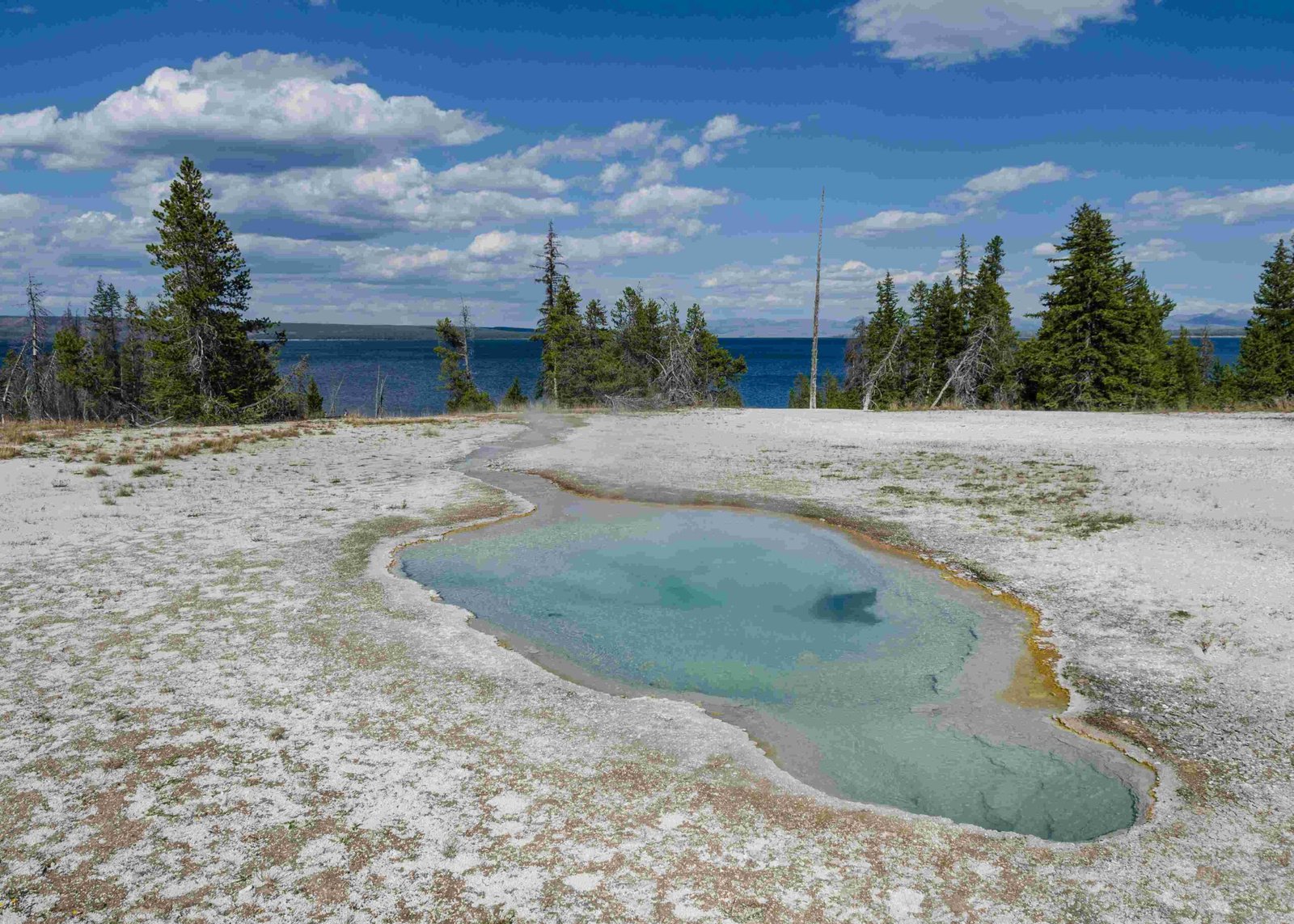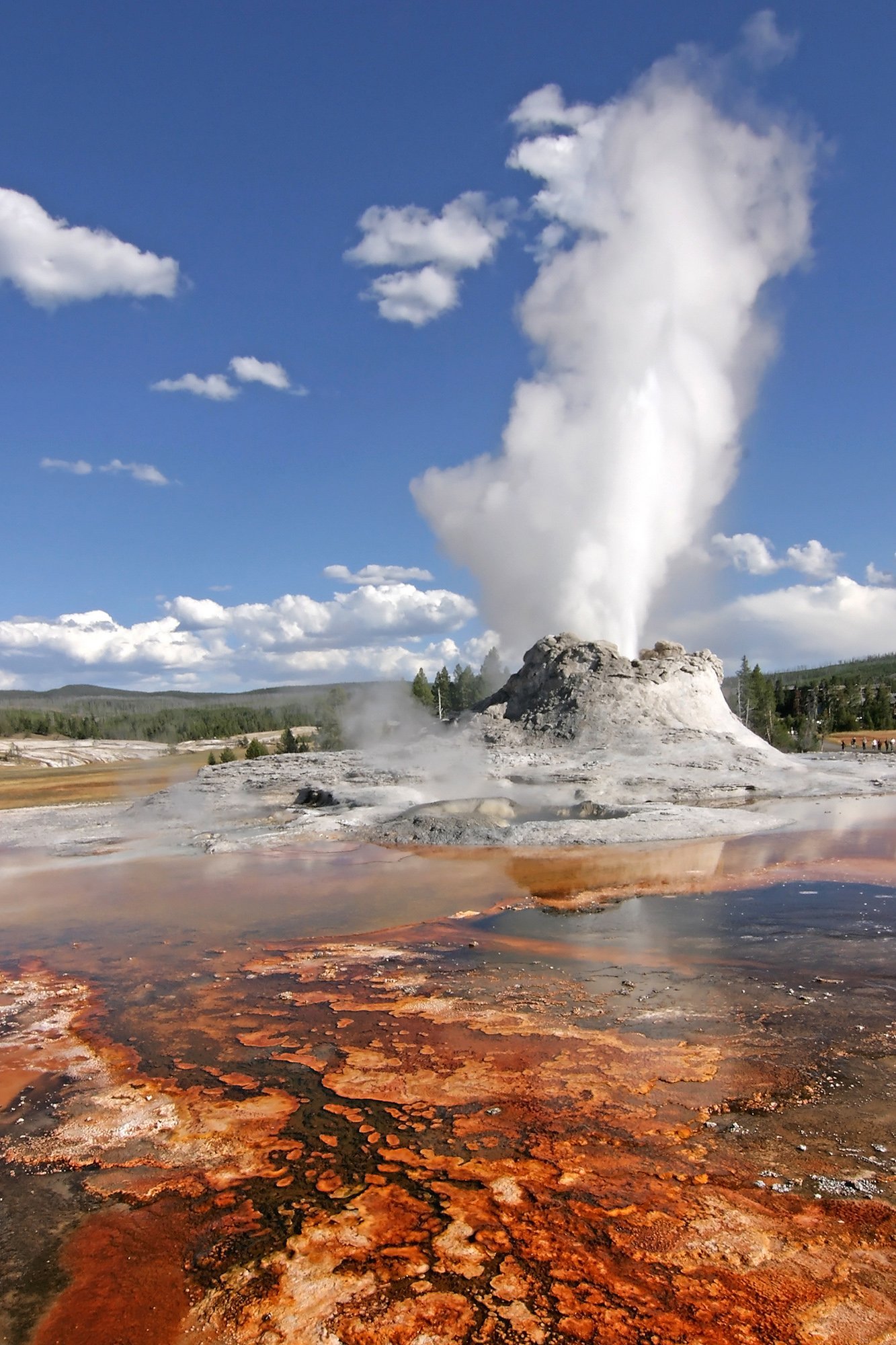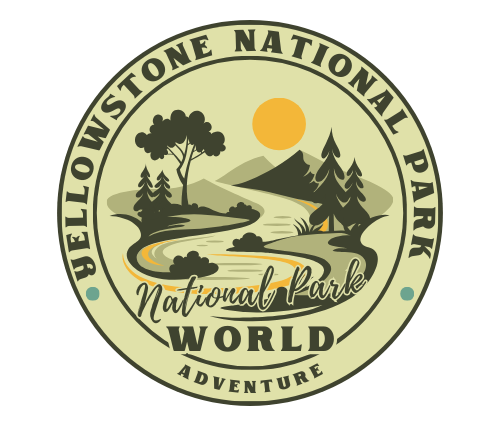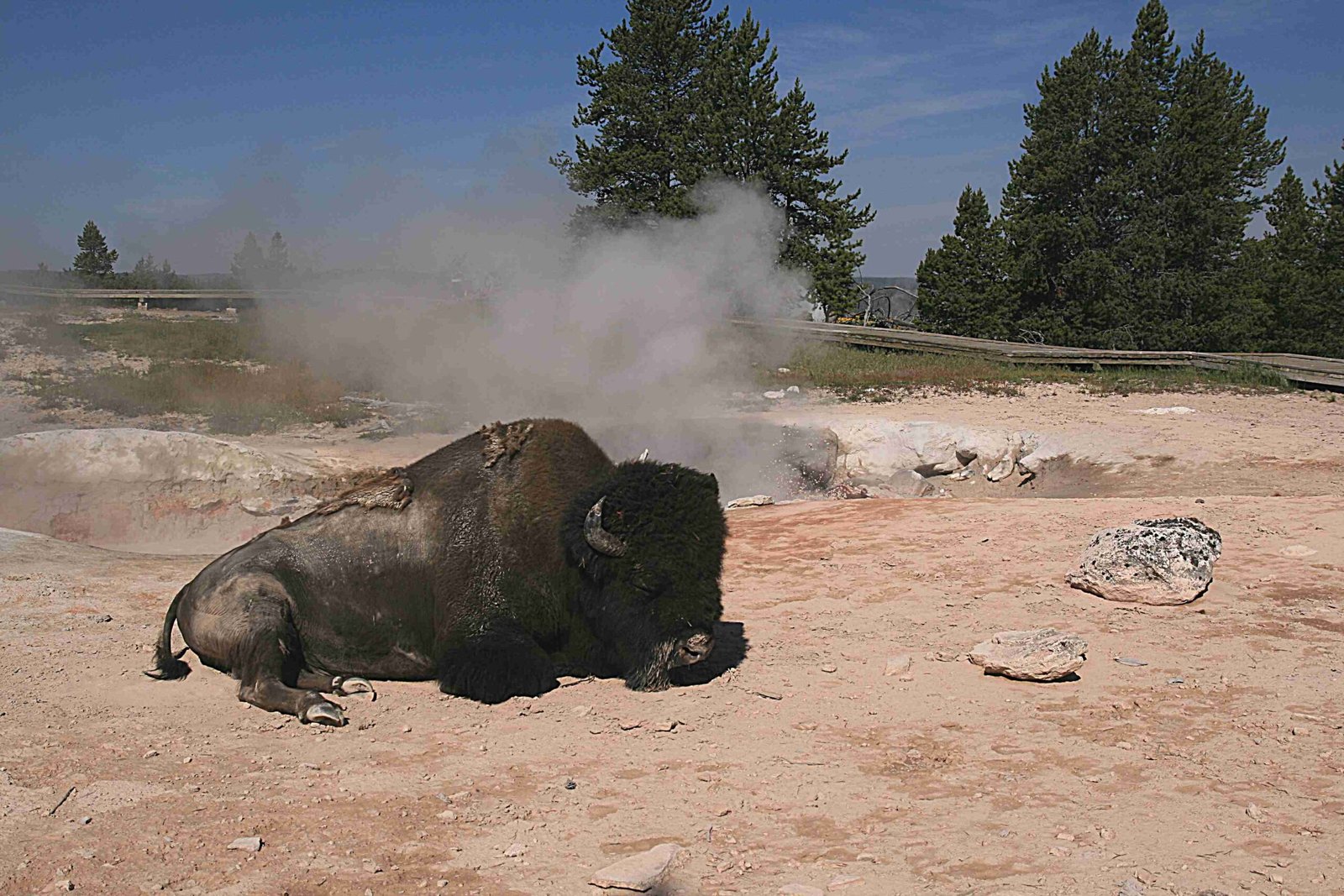Yellowstone National Park holds profound religious significance for Native Americans, serving as a sacred landscape for centuries. The park’s geothermal features, diverse ecosystems, and abundant resources have played crucial roles in indigenous spiritual practices, ceremonies, and cultural traditions. Native tribes view Yellowstone as a living entity, deeply connected to their ancestral heritage and spiritual beliefs.
What Are the Sacred Sites Within Yellowstone National Park?

Yellowstone National Park is home to numerous sites of religious and cultural importance to Native American tribes. These sacred locations include:
- Obsidian Cliff: A National Historic Landmark and major source of high-quality obsidian
- Geothermal Areas: Including Norris Geyser Basin and Mammoth Hot Springs
- Yellowstone Lake: A significant camping and gathering site for thousands of years
- Riverine Corridors: Such as the Yellowstone River and Madison River
These sites have been used for various purposes, including:
- Tool and weapon creation
- Religious ceremonies
- Medicinal practices
- Summer habitation
- Hunting and resource gathering
How Do Indigenous Beliefs and Rituals Connect to Yellowstone?

Native American tribes have deep spiritual and cultural connections to Yellowstone, reflected in their beliefs and practices:
- Traditional Resource Use: Tribes utilized the park’s resources for hunting, gathering, and trading.
- Ceremonies and Rituals: Various sites within the park were used for religious and medicinal purposes.
- Vision Quests: The park’s landscape, including mountains and rivers, held spiritual significance for vision quests.
- Historical Context: The forced removal of Native Americans from the area has shaped their contemporary relationship with Yellowstone.
What Amenities Are Available for Visitors Interested in Native American Heritage?
For visitors seeking to explore Yellowstone’s religious significance to Native Americans, the park offers several amenities:
| Amenity | Description |
|---|---|
| Guided Tours | National Park Service-led tours highlighting cultural and historical significance |
| Educational Programs | Initiatives providing detailed information about archeological and cultural history |
| Accessibility Options | Accessible trails and facilities for exploring cultural and natural resources |
How Can Visitors Participate in Native American Cultural Events at Yellowstone?
While specific events may vary, visitors can often engage with Native American culture through:
- Cultural festivals celebrating indigenous heritage
- Traditional ceremonies and storytelling sessions
- Educational workshops and lectures on tribal history and spirituality
It’s important to note that visitors should always check with the National Park Service for any required permits or regulations, especially for activities involving sacred sites or traditional practices.
What Is the Historical Significance of Yellowstone to Native American Tribes?
Yellowstone has been a vital part of Native American life for thousands of years:
- Ancient Connections: Archaeological evidence suggests human presence in the area for over 11,000 years.
- Tribal Diversity: The park has been home to various tribes, including the Crow, Blackfeet, Flathead, Shoshone, Nez Perce, and Bannock.
- Cultural Continuity: Despite forced removals, many tribes maintain strong spiritual and cultural ties to the land.
How Has the Establishment of Yellowstone National Park Affected Native American Practices?
The creation of Yellowstone National Park in 1872 had significant impacts on Native American tribes:
- Forced removal from traditional lands
- Restrictions on traditional hunting and gathering practices
- Limited access to sacred sites
- Challenges in maintaining cultural connections to the area
However, efforts are being made to recognize and honor Native American heritage within the park:
- Collaboration with tribes on cultural preservation
- Incorporation of indigenous perspectives in park interpretation
- Allowances for certain traditional practices within park boundaries
What Role Do Geothermal Features Play in Native American Spirituality?
Geothermal features hold special significance in Native American spiritual beliefs:
- Sacred Healing: Hot springs were believed to have healing properties
- Spiritual Gateways: Geysers and fumaroles were seen as connections to the spirit world
- Creation Stories: Many tribal legends incorporate geothermal features in their origin myths
- Ceremonial Use: These areas were often used for important rituals and ceremonies
How Can Visitors Respectfully Engage with Native American Heritage at Yellowstone?
To respectfully engage with Native American heritage at Yellowstone, visitors should:
- Participate in official park programs about indigenous history and culture
- Respect sacred sites and follow all park guidelines
- Learn about the diverse tribes connected to the area
- Support Native American-led initiatives and businesses in the region
- Reflect on the complex history of land management and indigenous rights
By understanding and respecting the deep religious significance of Yellowstone to Native Americans, visitors can gain a richer appreciation of this remarkable landscape and its enduring cultural importance.
References:
1. https://www.nps.gov/yell/learn/historyculture/historic-tribes.htm
2. https://npshistory.com/publications/yell/newsletters/yellowstone-science/26-1.pdf
3. https://www.smithsonianmag.com/history/lost-history-yellowstone-180976518/

